In this article I will make a pepper mill to go with the bowl I made a few days ago.
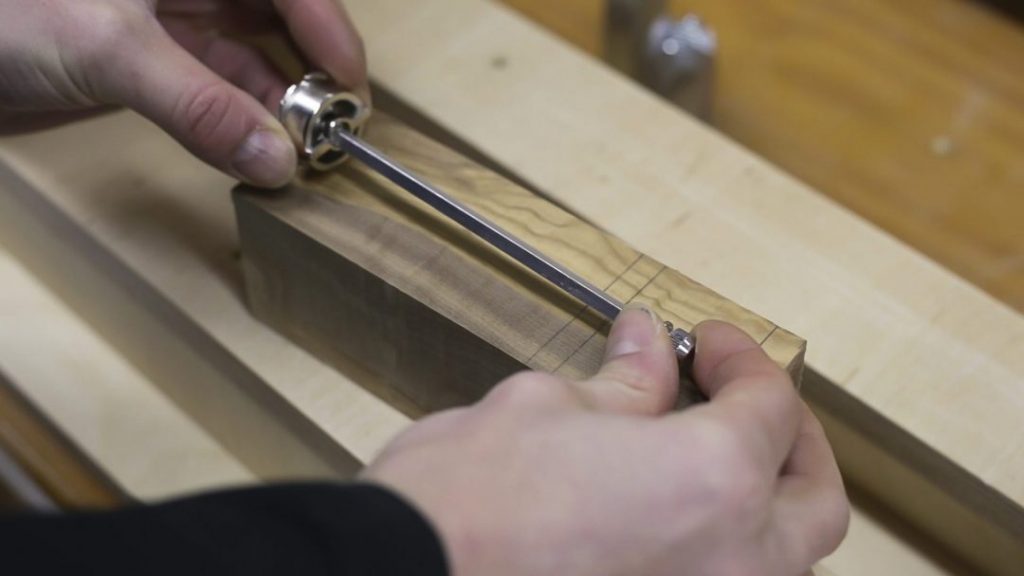

I will use this piece of olive wood and this mechanism I found in a local shop.
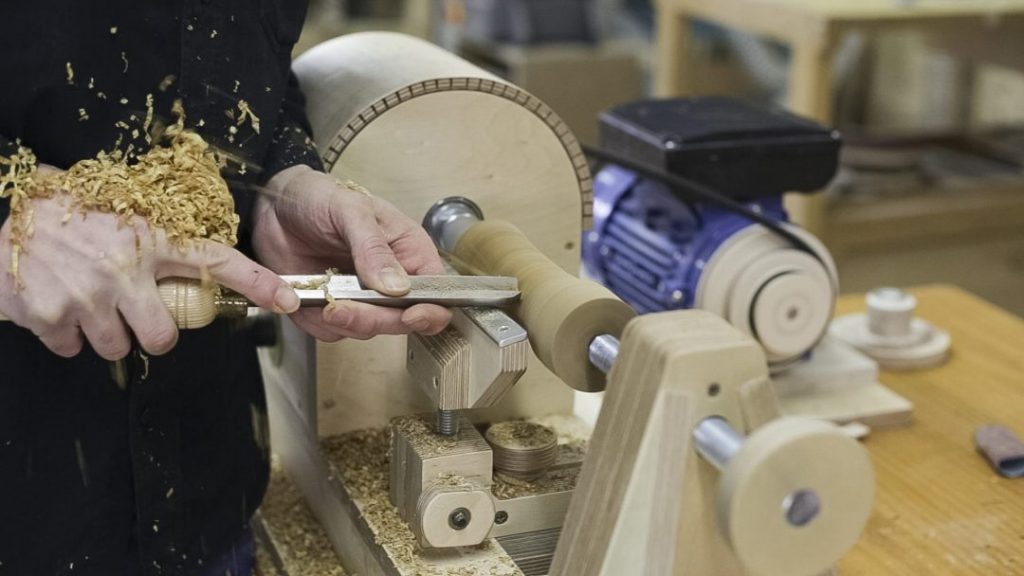

After marking the centers, I place the olive on the lathe. I start turning with a roughing gouge to obtain a cylinder. Now I will shape it. I won’t make a lot of carvings or details. Instead, I’ll stick to a streamlined design.
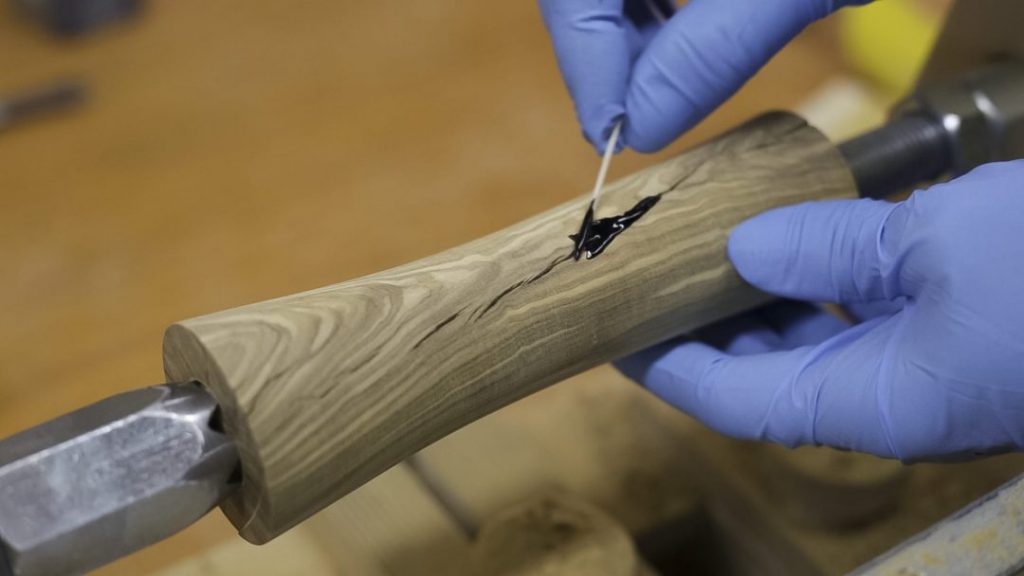

I’ll cover the cracks with a little black epoxy and, once dry, I’ll wipe off any left-over epoxy and sand the wood on the lathe itself. Some of you have asked me about the toxicity of epoxy and depends on the type of epoxy, even some metal food cans contain an epoxy layer inside…
Anyway, I prefer to use a small amount, in this case there are only a few small cracks outside. If you have doubts about the epoxy you are using, it is advisable that you contact the manufacturer’s customer support service.
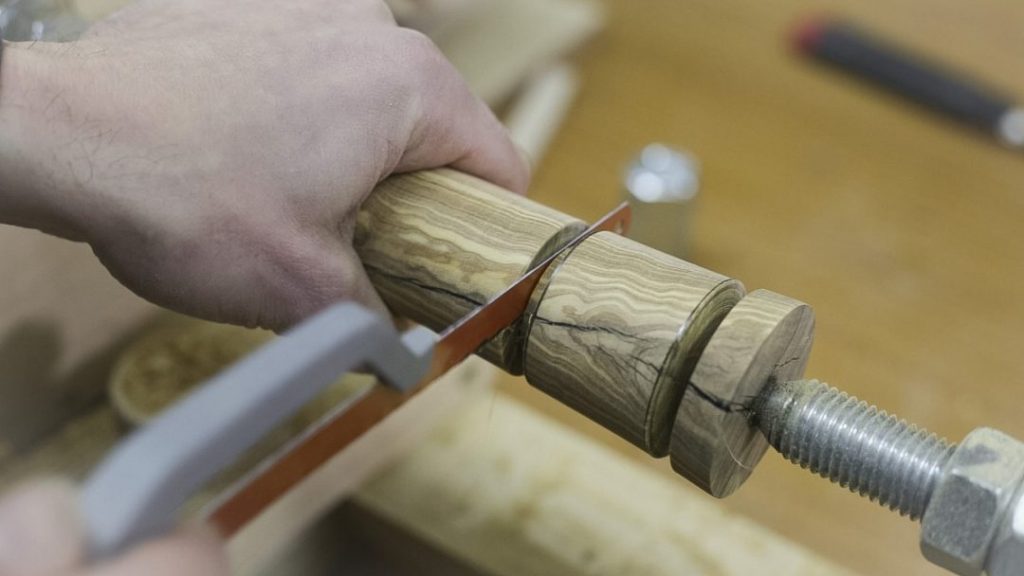

I’ll mark the lid and the other rebates, and I do the rest of the cutting by hand with a saw.


As I said in my previous video, I bought this chuck which will allow me to turn bowls and many other things with ease. Also, I’ve got hold of an a adapter which I had a metal worker adapt to the shaft of my lathe.
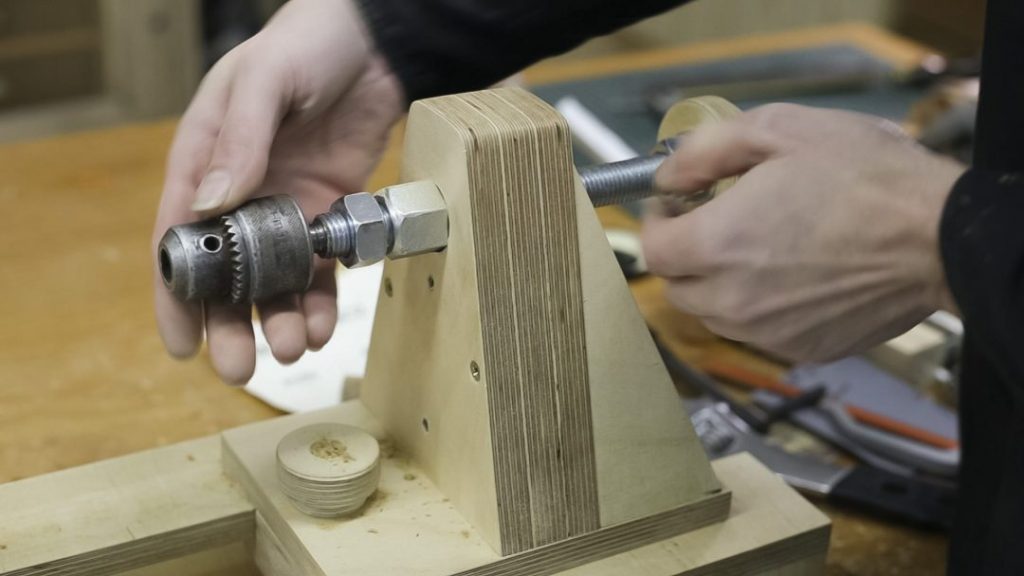

I’ve also machined this piece of threaded rod that will allow me to use this drill chuck from an old broken drill I had lying around in my workshop. With this I can drill holes with the lathe.
For this type of work it is necessary a lathe for working with metal, because it requires a lot of precision, I have a friend who is dedicated to this type of work and he has mechanized me these two threads.


The jaws can hold objects by expanding or contracting, in this case, the jaws contract around the pepper mill to hold it.
Using this bit I’ll make the first rebate to place the pepper mill’s lid. Everything seems to be working fine! I change the bit and start carving out the interior slowly, occasionally taking out the sawdust from inside. I turn it around and continue working on the other side. Then it’s time to finish the lid.
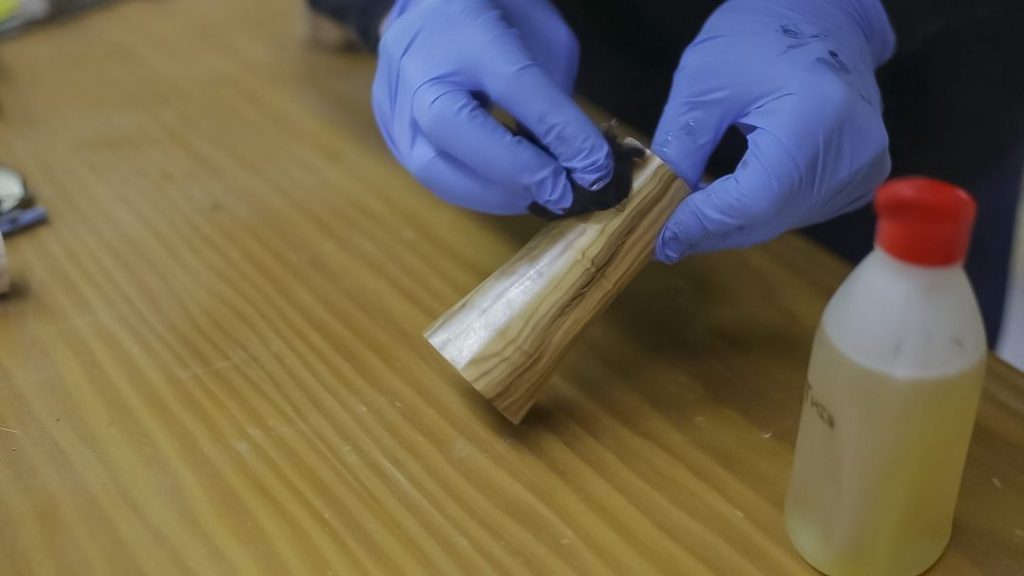

I sand all the straight surfaces with the disc sander and attach the piece that allowing us to twist the mill. Turning the knob on the top I can adjust how finely the pepper is ground. Now all that’s left is to sand it and apply a little oil varnish.


I finish assembling the mill, add a little black pepper, and check if it works! Take a look at this other article to see the pepper mill in action!
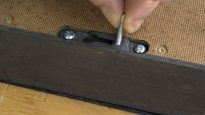
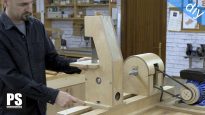
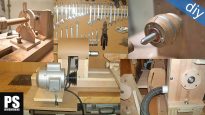
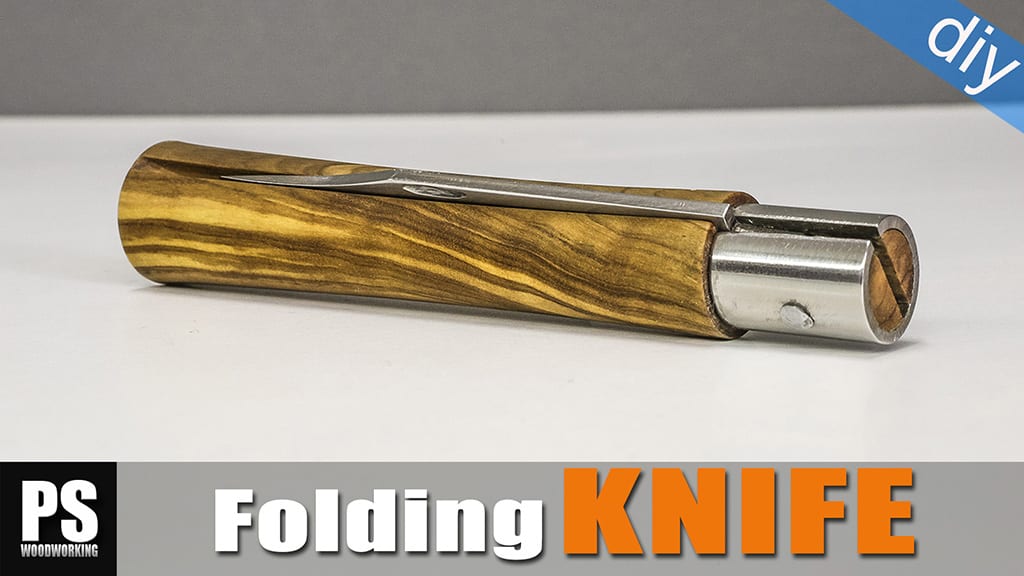

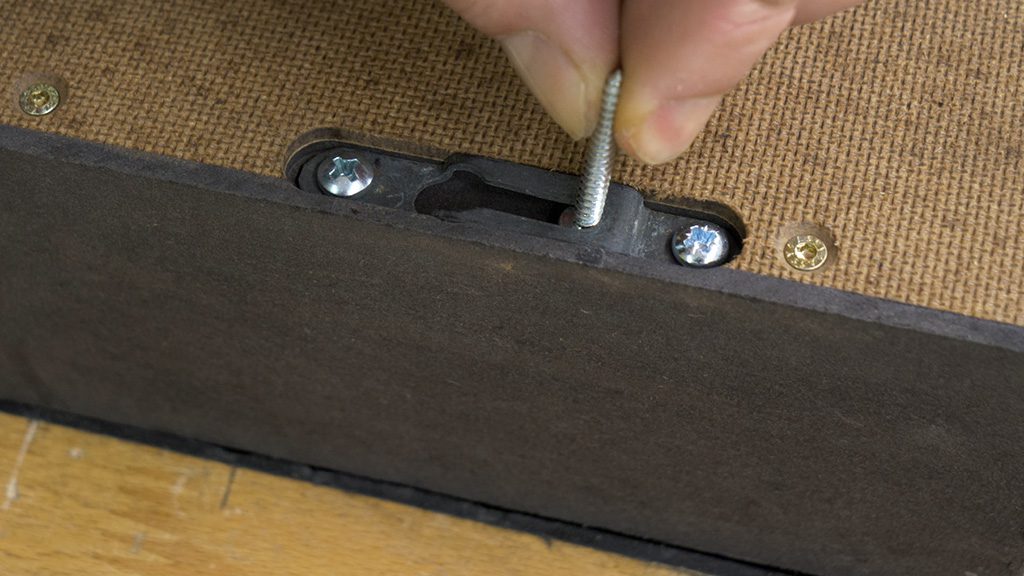
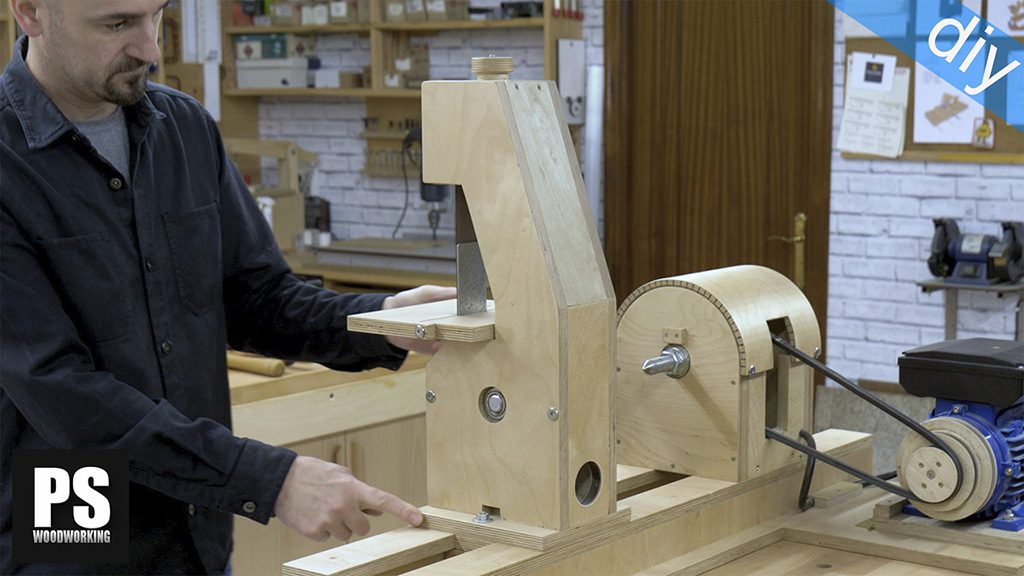

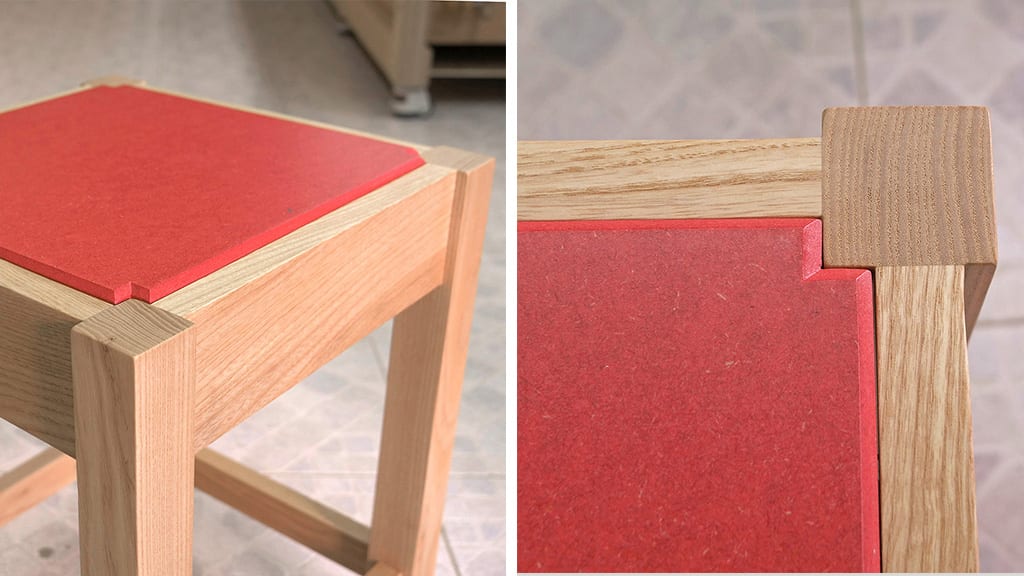
I love your homemade lathe
thanks Nick!
Great project as always! I was wondering… Is epoxy considered “food safe”? (I was wondering the same thing for the bowl, but did asked since it could be use to hold non food stuff.)
Once it is hardened, it is safe. It’s no different than a piece of plastic. Even metal food cans contain an epoxy layer inside. Anyway, I prefer to use a small amount.